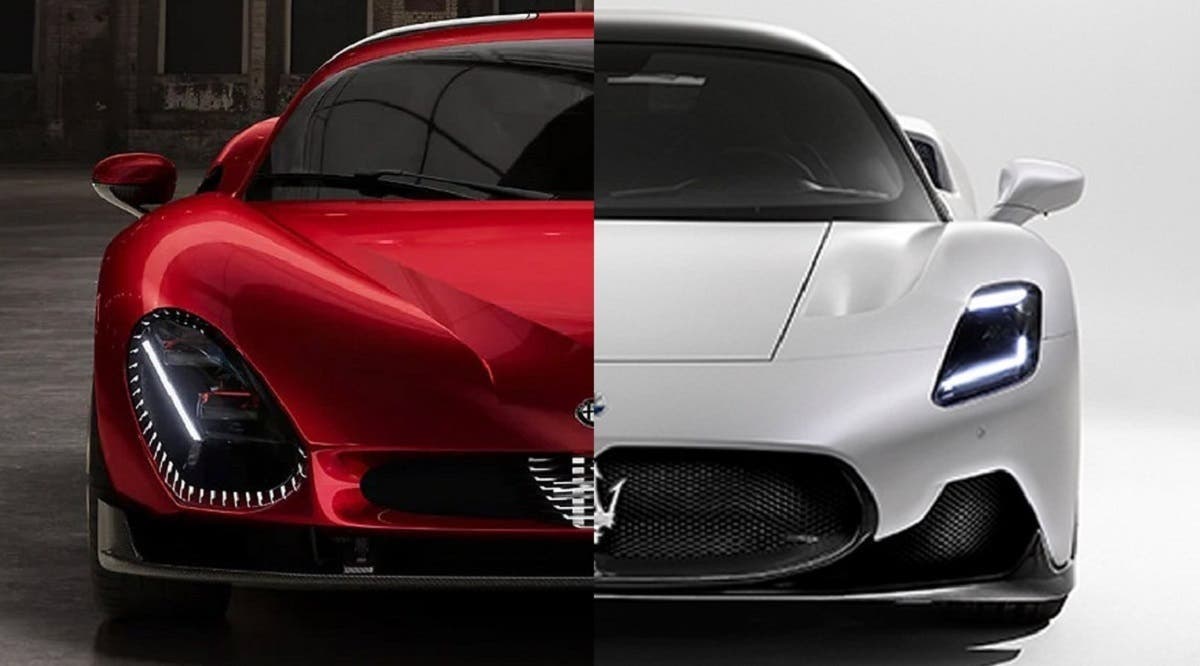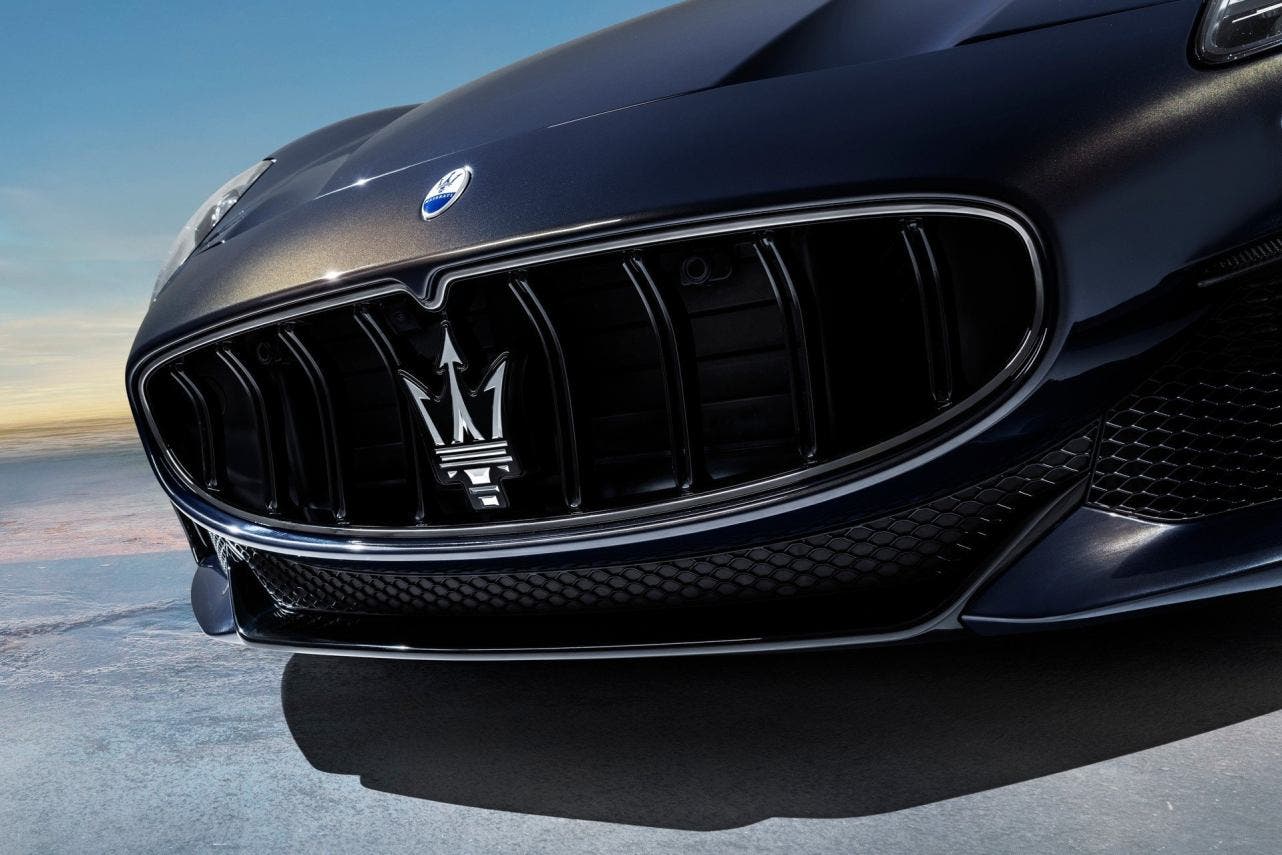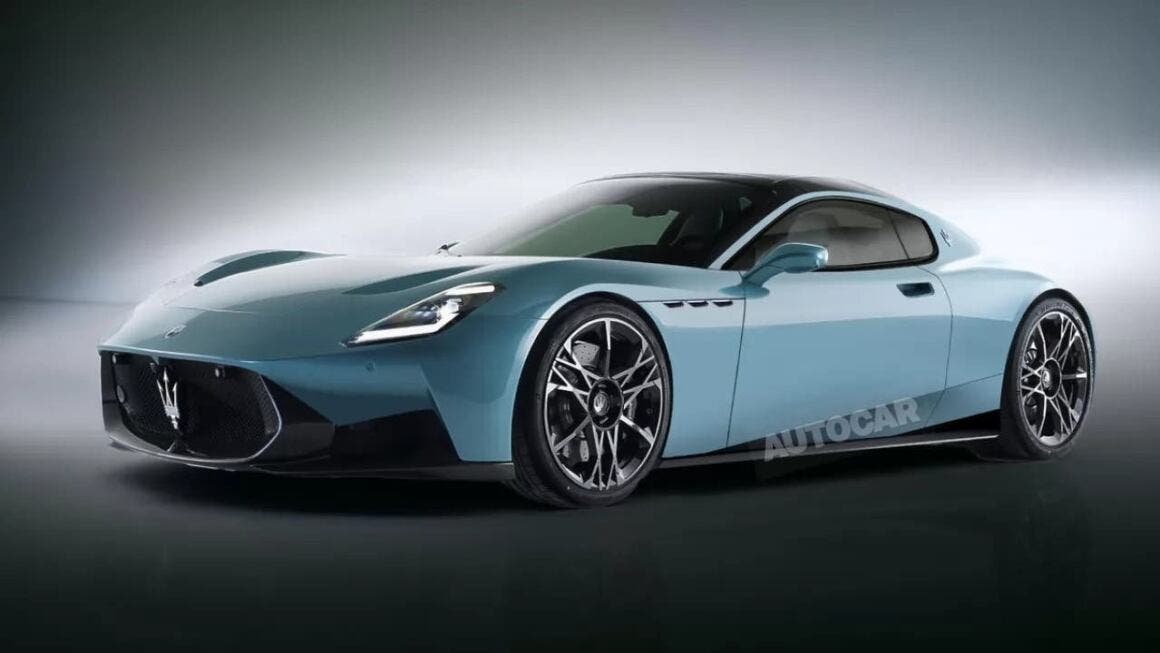Over the past few months, the electrification path of Alfa Romeo and Maserati has taken a noticeable turn. Both brands, originally indicated by Stellantis as future “full-electric” marques, have paused their most radical plans: the market is not ready yet, and moving forward without combustion engines would have meant taking an enormous risk. Key projects, such as the next generations of the Stelvio and Giulia, have been slowed down precisely to reassess strategy. Adding clarity yesterday was Stellantis chairman John Elkann, who explained in an interview the requests the group will bring to Brussels ahead of the automotive package set for discussion on December 10.
Alfa Romeo and Maserati: combustion engines could stay in the lineup much longer than expected

Among the main requests is the possibility to continue selling plug-in hybrids and vehicles powered by alternative fuels even after 2035. Many automakers are pushing in the same direction, and the European Commission may end up approving this more flexible approach.
If Brussels gives the green light, Alfa Romeo and Maserati will have a clear path to keep combustion engines in their ranges well beyond the previously assumed “expiration date.” It’s a scenario that changes everything. The soundtrack of combustion engines from the two Italian brands is not destined to fall silent anytime soon, and their industrial plans could be rewritten with far more confidence.
With a more open regulatory framework, Alfa Romeo and Maserati would gain much more room to shape their future lineups, which will see several major launches in the coming years. Alfa Romeo is preparing the next-generation Tonale, Giulia and Stelvio, along with a possible high-performance compact SUV already hinted at in recent leaks.

Maserati, for its part, could finally unlock the long-discussed new Quattroporte and Levante, models that have been circulating in rumors for years but have not yet received official confirmation.
The ability to offer hybrid or alternative-fuel variants alongside future models would give both brands the strategic stability they have been missing, restoring competitiveness to two historic names aiming to reclaim a leading role in the international premium segment.

